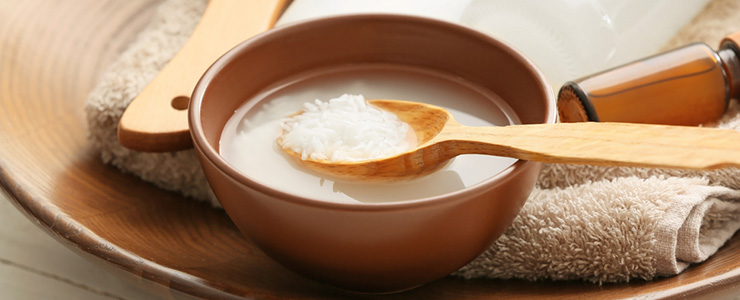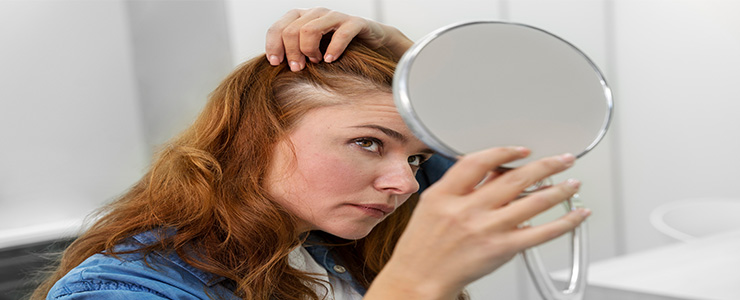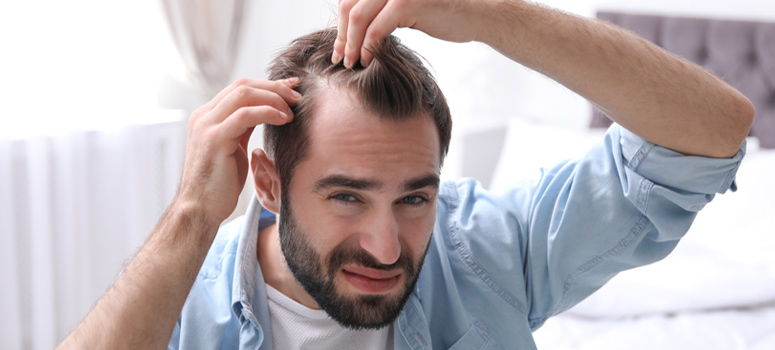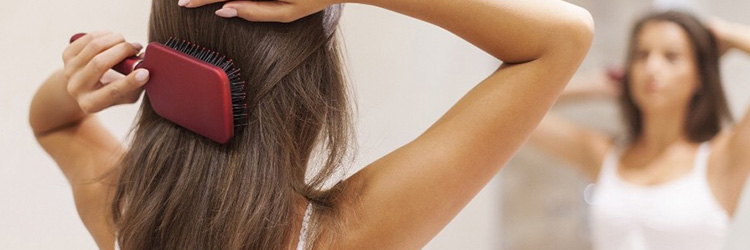Hair is an important contributor to a person’s beauty. Who doesn’t like combing through long luscious locks without the comb getting stuck in the hair or without a pool of hair strands forming around your feet? However, subjecting the hair to chemical treatments or treating it harshly can damage the hair. One such condition is Plica Polonica.
What is Plica Polonica?
Also known as Plica neuropathica, this condition is a rare disorder of the hair shaft that presents as matted hair, which are tangled with irregular twists to form a sticky mass. The tangled hair gets hard over time as the keratin mass gets cemented together with dust.
Due to its high prevalence in Poland in the 19th century, the etymological meaning of Plica Polonica means Polish plait. Such an entanglement can often give the hair a bird’s nest appearance, indicating how challenging it is to detangle the hair even after repeated washing.
Symptoms of Plica Polonica
The strength of hair is primarily determined by disulfide bonds, chemical bonds that form between sulfur atoms in the protein structure of the hair. These bonds are the pillars behind maintaining the hair’s structural integrity and strength. These disulfide bonds also hold the hair fibers together, preventing it from entangling. Thus, when this bond is disrupted, one’s hair can get matted and demonstrate the tangled hair syndrome.
The hair shaft contains 3 layers –
- The cuticle is the outermost layer of flattened cells that protect the insides of the hair shaft from damage.
- The cortex is the middle layer made of keratin fibers, and provides strength, texture and color of a hair fiber.
- The medulla is the deepest layer, only seen in large and thick hairs.
In Plica neuropathica hair condition, the protective layer of the cuticle is damaged, leaving the cortex exposed. The cortex is moist and sticky, resulting in the affected hair to adhere to each other as well as the normal hair.
Some symptoms of Plica Polonica include –
- Irregular twists and tangles in scalp hair, making the hair look frizzy
- Pediculosis or infestation with nits and lice
- Foul smell from uncleaned, unwashed, and uncombed hair mass
- Hair loss from the rest of the scalp
- Inflammation of the scalp due to the tight knots of matted hair
Causes of Plica Polonica
There is not enough research available on the causes of Plica Polonica. However, experts believe this tangled hair syndrome is caused by a combination of physical, chemical, and behavioral factors. Some causes can be listed as follows:
- Using hair shampoos that cause hair splitting
- Poor scalp hygiene and lack of grooming practices
- Rough rubbing of hair
- Exposure to environmental pollutants, dust, and dirt, which can make the hair more prone to matting
- Pyoderma or pyogenic infection of the scalp, characterized by bacterial infection on the scalp skin
- Psychological disturbances
Risk factors of Plica Polonica
The following are some factors responsible for Plica Polonica:
- Individuals with long, curly, or coarse hair
- Longitudinal splitting and weathering of hair
- Habit of rubbing, pulling, or twisting hair
- Excessive sweating on the scalp
- Mental conditions such as depression, hysteria, schizophrenia, and others
Treatment of Plica Polonica
Treating Plica Polonica involves a two-prong approach:
- Detangling or trichoscopy, a time consuming method requiring patience and expertise.
- Improved hair care after detangling.
- In severe cases of Plica neuropathica treatment, cutting the matted hair or completely shaving off the head are some methods used.
How is Plica Polonica prevented?
Take good care of your hair to prevent Plica neuropathica, the same way you take care of the rest of your body.
- Shampoo every 3-4 days to clean your scalp. Use a shampoo and conditioner that does not contain harmful chemicals.
- Gently comb your hair twice everyday to free it from any tangles.
- Avoid using chemicals or heating equipment on your hair which will only damage the hair’s quality.
- Get your hair trimmed once every 6 months.
- Instead of pulling on your tangles, manually separate the entangled hair slowly to avoid excess hair fall.
- Regularly massage your scalp with hair oil.
- Do not tie your hair when it is wet.
- Avoid piling your hair over the crown while washing.
- Avoid backcombing to prevent tangles.
Often, dense hair is associated with good fortune and prosperity. Aside from the above-mentioned factors, hair care also depends on numerous other lifestyle changes, some of which include:
- Cutting down on junk food and consuming healthy food rich in fruits and vegetables, whole grains, fibrous foods, and foods rich in omega-3 fatty acid.
- Many yoga asanas like the shoulder stand, downward-facing dog, or the camel pose, to name a few, can do wonders for your hair growth.
- High cortisol levels and stress can also be held responsible for hair loss. Therefore, practice meditation, deep breathing exercises, or journal to relieve stress. Also, get at least 7-8 hours of sleep.
- Stay hydrated. Drinking 3-4 liters of water every day works exceptionally for the skin and hair.
- Carry a scarf or hat whenever you step outside to prevent your hair’s exposure to dust, dirt, and pollution. However, ensure you don’t tie your scarf too tightly to prevent any friction on the scalp.
Summary
It can be challenging to live with Plica neuropathica. Initially, this tangled hair syndrome seemed irreversible. However, with advancement in technology and medicine, you can consult an expert dermatologist to relieve you from these uncomfortable dreadlocks.
You can find a specialized dermatologist on the Skin and Hair Academy’s online portal – Find a Dermatologist. Also, explore the Skin and Hair Academy’s website to get more information on skin and hair-related conditions and how to treat them.
Frequently Asked Questions
-
Can Plica Polonica be reversed or treated?
Plica Polonica can be treated depending on the severity of the condition. Some probable treatment methods include cutting or shaving off the head completely, washing the hair or manually entangling the hair with organic solvents, applying insecticides such as 1% permethrin lotion in cases of lice infestation, or taking broad-spectrum oral antibiotics to treat bacterial infection.
However, Plica neuropathica can be irreversible in some cases wherein individuals deliberately keep the dreadlocks owing to religious beliefs.
-
Are there any health risks associated with Plica Polonica?
Long-term hair neglect can lead to certain health complications, including inflammation, pus formation and foul smell emanating from the scalp. Infestation with larvae or lice can cause continuous itching and irritation, damage to the different layers of hair shaft, and psychological distress, which may affect an individual’s quality of life.
Therefore, if you are diagnosed with Plica Polonica, seek medical attention as soon as possible.
-
How can Plica Polonica be prevented?
Here are some ways in which you can prevent this tangled hair syndrome:
- Wash your hair twice or thrice every week depending on your scalp type.
- Use a healthy shampoo with no harsh chemicals.
- Condition your hair after shampooing.
- Lock moisture in your hair with oil.
- Get your hair trimmed regularly.
- Be more gentle with your hair, especially while combing or patting it dry with a towel














